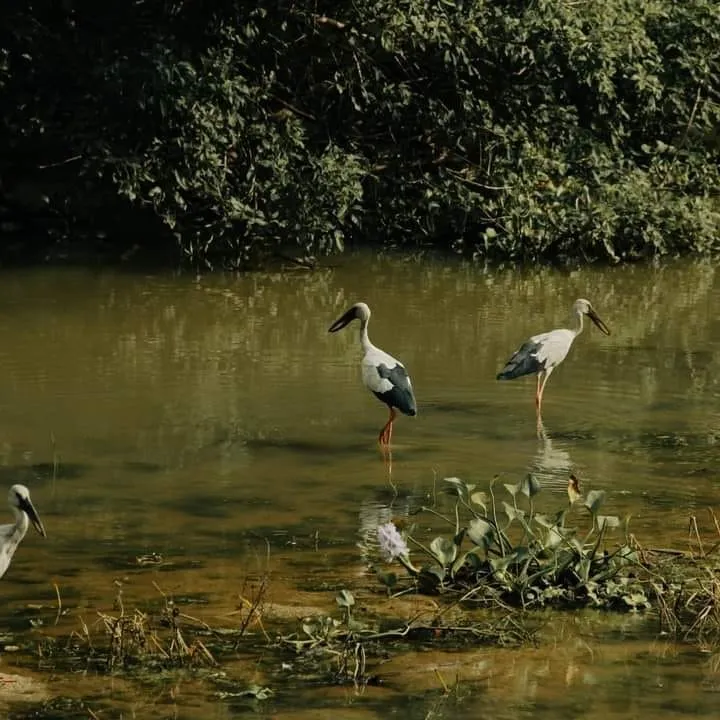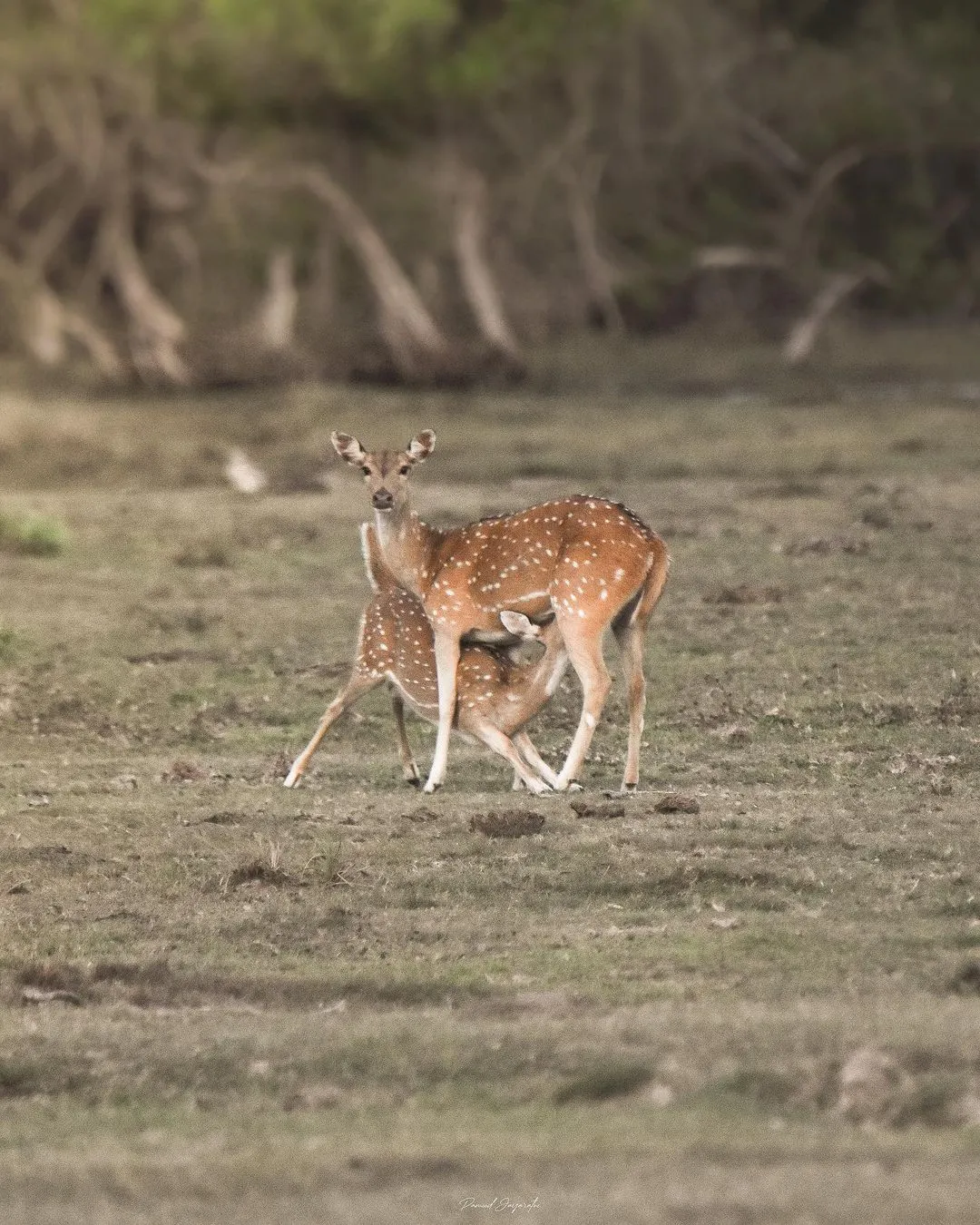The Kumana National Park, famous for its bird communities, is located 391 kilometers away from Colombo in the Ampara district of Sri Lanka. Kumana National Park is neighboring Yala National Park. Kumana was earlier Known as Yala East National Park, but it was renamed Kumana on September 5, 2006.

Kumana National Park covers an area of 35,664 hectares. The park is bordered to the west by the Kumubukkan Oya river, and to the south, the southeastern coast reaches all the way to Panama. A 200-hectare mangrove swamp known as "Kumana Villu" is occasionally inundated by seawater within the park. During May and June, many water birds nest in this wetland. Kudawila Wewa, Thummulla Wewa, and Kotalinda Wewa are three water ponds scattered throughout Kumana National Park popular with animals.
Kumana National Park is home to a wide variety of threatened wetland species, including three turtle species:
- The Green Turtle (Chelonia mydas)
- The Loggerhead Turtle (Caretta caretta)
- The Olive Ridley Turtle (Lepidochelys Olivaceae)
Among the other imperiled reptiles is the globally endangered Mugger Crocodile (Crocodylus Palustris). Mugger Crocodiles, Indian Flap-shelled Turtles, and Indian Black Turtles are the most commonly seen reptiles in the National Park.
How to get to Kumana National Park
From Colombo, two roads split at Pelmadulla and rejoin at Wellawaya, one via Balangoda, Beragala, and Koslanda and the other road via Thimbolketiya, Udawalawe, and Thanamalwila. The road from Wellawaya passes through Moneragala, Pottuvil, and Panama. There is only one way into the park from Panama, via the Kudumbigala Sanctuary. The distance from Colombo is about 391 kilometers. You can also fly from Colombo (Peliyagoda) and land in Arugam Bay. From there, take the route to Kumana National Park. In a helicopter:
- Take off either from the Bandaranaike Airport or Ratmalana.
- Land in Kumana.
- Reach the Park by road.
Panama acts as the entrance to Kumana National Park. The park office is located in Okanda, 22 kilometers south of Panama City.
Weather at Kumana National Park
Approximately 20 lagoons and tanks support Kumana National Park's vast birdlife. Occasionally, the Kumana Villus are getting inundated with seawater. The elevation spans from sea level to 90 meters, the average annual temperature is 27°C, and the average rainfall is 1,300 mm.

Best time to visit Kumana National Park
The Park is open throughout the year. During the monsoon season, the marshes and lake may get muddy, and there may be fewer sightings of birds and animals, which may interfere with the jungle safari and bird-watching experience. So we don't recommend visiting during the monsoon season. The best time to visit Kumana National Park is between February - July, during the dry season. You can better catch the vegetation, birds, and animals during these months. There is a greater chance of seeing mammals and birds come out during these months as they seek water from the lakes.

Bird watching at Kumana National Park
Sri Lanka has around 430 bird species, including endemic, resident, and migrating birds. Bird lovers can easily observe nearly 200 species among these. The enormous variety of birds seen in Sri Lanka's several wildlife parks makes the tropical island a world-class bird-watching destination. The Kumana National Park in Sri Lanka's most important bird sanctuary. Kumana's birdlife, which consisted of 20 lagoons and a tank, is a bird watcher's fantasy. Thousands of birds migrate to the Kumana swampland area each year between April and July. The National Park has been home to about 255 different bird species. Common sightings are pelicans, painted storks, spoonbills, white ibis, herons, egrets, and hundreds of small cormorants. The swamp has also been home to the extremely rare black-necked stork.
Mammals at Kumana National Park
Elephants, leopards, jackals, wild boars, and fishing cats are among the mammals that wander into Kumana from the more well-known game park of Yala, which lies directly to the southwest. Reptiles include the mugger crocodile and several turtle species. The park's vegetation consists primarily of tropical dry zone forest with mangroves, Kumbuk trees, and marshland.




